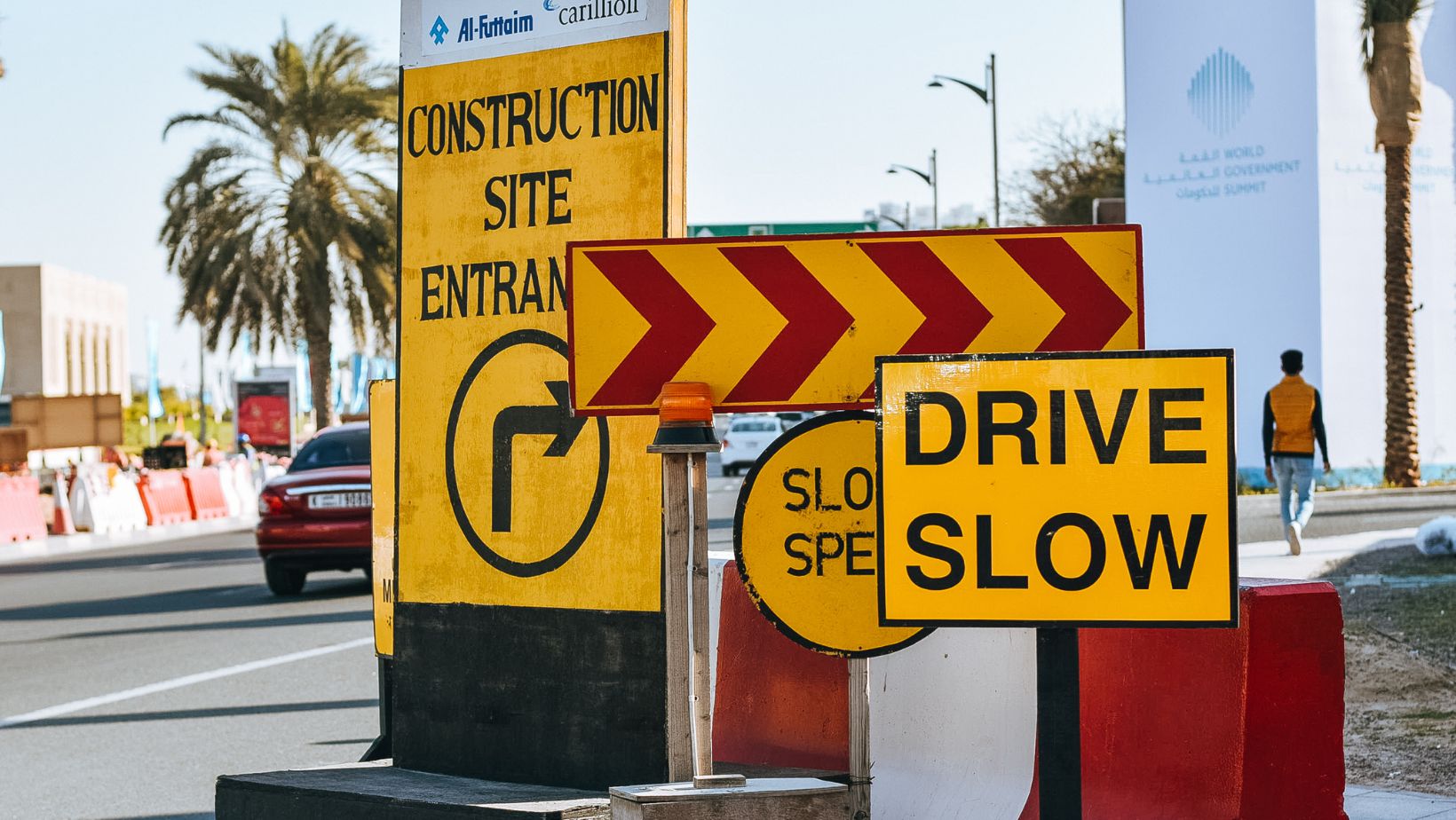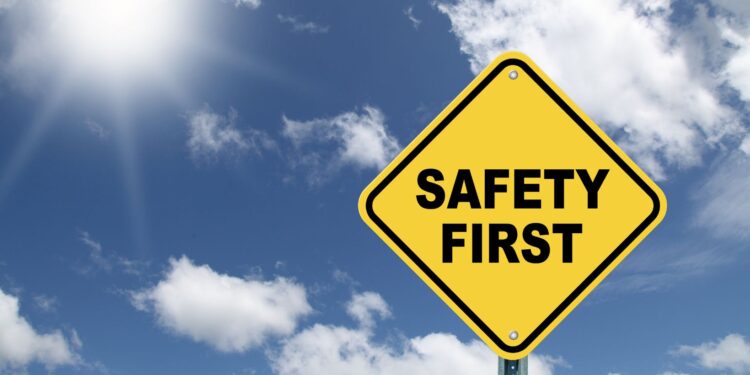Pete is Being Passed By a Vehicle on His Left. What Should He Do?
As I was driving down the road, I noticed a vehicle passing me on the left. It was a nerve-wracking experience, especially considering how fast the other driver was going. In that moment, I couldn’t help but think about the importance of road safety and the potential dangers that come with reckless driving. So, I decided to delve deeper into this topic and explore the risks and precautions we should all be aware of when it comes to vehicles passing us on the left.
Picture this: Pete is driving along, minding his own business, when suddenly a vehicle zooms past him on the left. It’s a situation that can catch anyone off guard and leave them feeling vulnerable on the road. So, what should Pete do? How can he ensure his safety and the safety of others when faced with such a scenario? In this article, we will discuss the best practices for handling vehicles passing on the left and how to stay calm and in control behind the wheel.
We’ve all been there – that heart-pounding moment when a vehicle overtakes us on the left. It can be unsettling, to say the least. But what are the potential risks involved? And how can we protect ourselves and our loved ones from these dangers? In this article, I’ll be exploring the various factors to consider when a vehicle is passing us on the left, as well as providing some valuable tips on defensive driving techniques that can help us navigate these situations with confidence and caution.

Understanding the Situation
Pete’s Position on the Road
As I’m driving down the road, it’s important to be aware of my position in relation to other vehicles. When a vehicle passes me on the left, it’s crucial to understand the potential risks involved. In this situation, I find myself occupying the right side of the road, while another vehicle is attempting to overtake me on the left.
To ensure my safety and that of other road users, I need to be mindful of the following:
- Stay Calm: It’s natural to feel a bit startled when a vehicle passes on the left, but it’s essential to remain calm and composed. Panicking or reacting impulsively can lead to poor decision-making and potentially dangerous situations.
- Maintain Good Visibility: To effectively navigate this situation, I must have a clear view of the road ahead and the vehicle passing me. I’ll need to make sure my mirrors are adjusted properly, allowing me to monitor the passing vehicle’s movements and any potential hazards.
- Signal Intentions: It’s crucial to communicate my intentions to the passing vehicle and other drivers on the road. I’ll use my turn signal to indicate that I’m aware of their presence and that I’m maintaining my current position. This simple gesture can help reduce confusion and prevent accidents.
Vehicle’s Position on the Road
Understanding the position of the passing vehicle is equally important. Here are a few key considerations:
- Passing Zone: Is the vehicle passing me in a designated passing zone? If it is, then it’s likely that the passing maneuver is legal and within the bounds of the law. However, if it’s not a designated passing zone, the passing vehicle may be engaging in an unsafe and illegal action. In such cases, it’s crucial to remain vigilant and take appropriate action to ensure my safety.
- Speed Differential: The speed at which the passing vehicle is traveling in relation to mine is another crucial factor to consider. If the vehicle is significantly faster, it’s important for me to maintain a steady speed and allow them to pass safely. On the other hand, if the vehicle is not maintaining a safe speed, it may be necessary for me to adjust my own speed to create a safer distance between us.
- Distance: The distance between my vehicle and the passing vehicle is something I need to be aware of. If the passing vehicle is too close, it increases the risk of a collision. In such situations, it’s advisable to slow down slightly to create a safer gap between the vehicles.
By understanding Pete’s position on the road and the vehicle’s position, I can navigate this situation with caution and ensure the safety of everyone involved. Defensive driving techniques, such as staying calm, maintaining good visibility, and signaling intentions, are key to handling these scenarios effectively. Remember, safety should always be the top priority when on the road.














